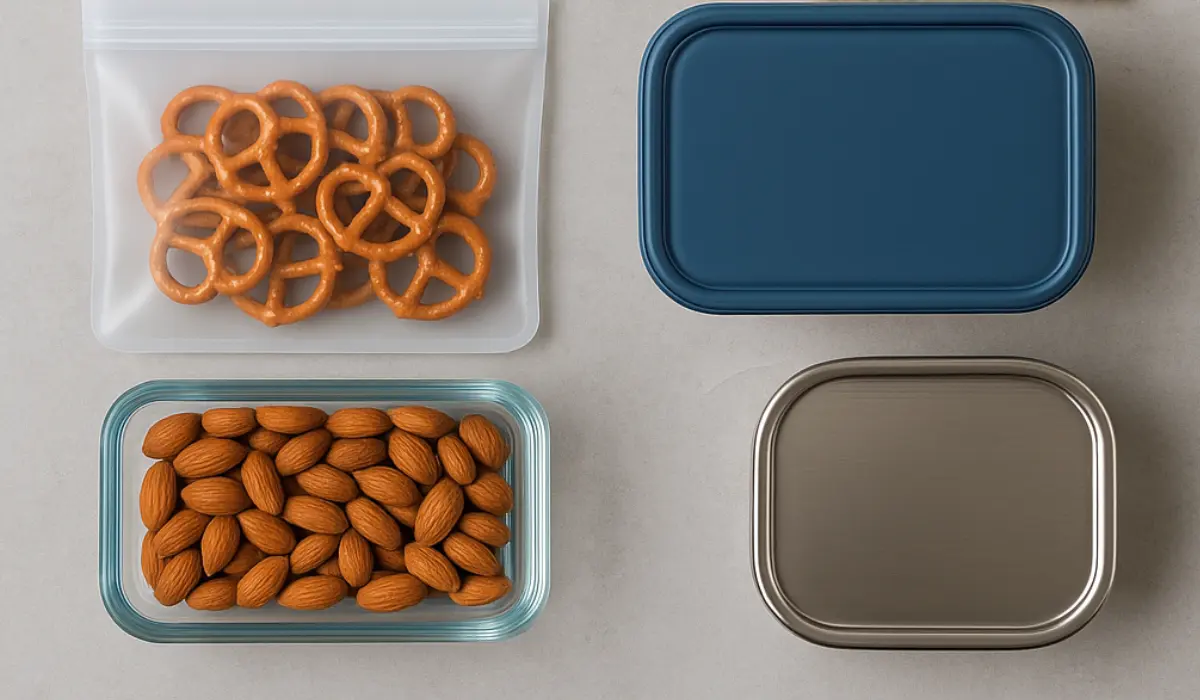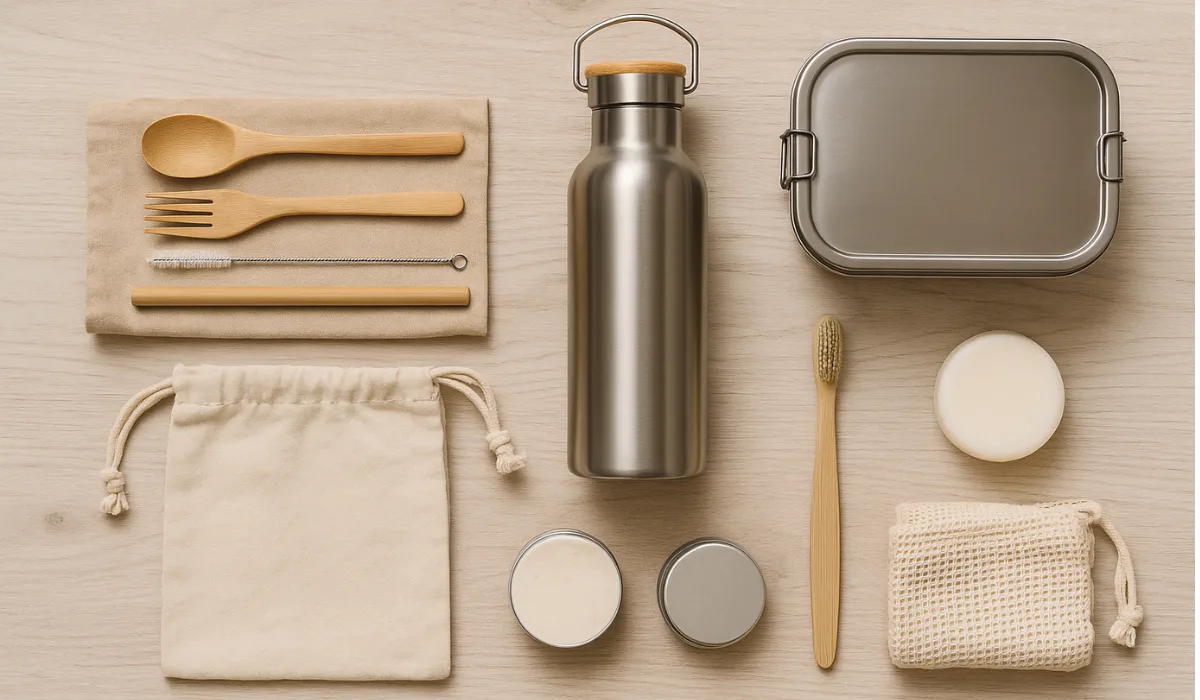Hosting a dinner party is a wonderful way to bring people together, but it often comes with a surprising amount of waste. From disposable plates and plastic packaging to food scraps and single-use decorations, the environmental impact can be significant. Fortunately, there’s a growing movement towards Zero Waste Dinner Parties—thoughtful, elegant gatherings that leave little or no trash behind.
Whether you’re a seasoned zero waste enthusiast or a beginner looking to reduce your environmental footprint, this comprehensive guide will walk you through how to host a memorable and sustainable event without compromising on style or fun.
1. Understanding the Zero Waste Philosophy
The zero waste lifestyle aims to redesign resource lifecycles so that all products are reused, and nothing ends up in the landfill or incinerator. Applied to dinner parties, this means:
-
Reducing or eliminating single-use items
-
Planning menus to avoid food waste
-
Using compostable or reusable materials
-
Mindfully sourcing ingredients and decorations
A Zero Waste Dinner Party isn’t about perfection—it’s about progress and making choices that are kinder to the planet.
2. Planning Your Zero Waste Dinner Party
Start with a solid plan. This will help you minimize waste at every stage.
Guest List and Invitations
-
Keep it intimate: Smaller gatherings are easier to manage and generate less waste.
-
Go digital: Use e-invites through platforms like Evite or Greenvelope. Alternatively, a personal message via email or WhatsApp works just as well.
Theme and Decor
-
Choose a natural theme: Think rustic, botanical, or minimalist.
-
Use what you have: Decorate with potted plants, candles, or items from nature like leaves, pinecones, or flowers.
-
Avoid balloons and plastic confetti: Often, these pollute rivers and are non-biodegradable.
3. Menu Planning with Sustainability in Mind
One of the main difficulties in hosting is food waste. A good menu can really help.
Choose Local and Seasonal Ingredients
-
Visit your local farmers’ market or shop in bulk at a zero waste grocery store.
-
To minimize the effects of pesticides and plastic packaging, give organic produce top priority.
Consider Plant-Based Dishes
-
A plant-based menu has a lower carbon footprint and can cater to various dietary preferences.
-
Crowd-pleasers include roasted vegetable platters, quinoa salads, lentil stews, and fruit tarts.
Portion Control and Leftovers
-
Plan realistic portions based on guest count.
-
Have clean containers ready to pack up leftovers for guests to take home.
4. Shopping the Zero Waste Way
Bring Your Own Containers
-
Use glass jars, cloth produce bags, and reusable totes when shopping.
-
Purchase from bulk bins where possible.
Avoid Pre-Packaged Foods
-
Say no to plastic-wrapped produce or single-serving items.
-
Choose unpackaged bread from the bakery or cheese from a deli counter that allows reusable containers.
5. Setting the Table
Skip disposables altogether and aim for reusable elegance.
Tableware
-
Use your own ceramic dishes, stainless steel cutlery, and cloth napkins.
-
Borrow extras from friends or check local buy-nothing groups.
Drinkware
-
Mason jars, vintage glassware, or mismatched wine glasses can create a charming, eclectic vibe.
Centerpieces
-
Make use of edible arrangements like herb bouquets or fruit displays.
-
Avoid floral foam and synthetic materials.
6. Zero Waste Cooking Tips
The cooking process itself can generate waste if not managed carefully.
Prep Efficiently
-
Use the whole vegetable—carrot tops, beet greens, and citrus peels can all be repurposed.
-
Save scraps for homemade vegetable broth.
Compost
-
Set up a small compost bin in your kitchen to collect peels, coffee grounds, and eggshells.
Batch Cooking
-
Cook dishes in large batches to reduce energy usage and minimize packaging waste.
7. Serving Food Sustainably
Buffet Style vs. Plated
-
Buffets let visitors select their own servings, hence cutting waste.
-
Label dishes clearly, especially for dietary needs.
Avoid Single-Use Serveware
-
No plastic cups, paper plates, or disposable cutlery.
-
Use wooden boards, ceramic bowls, and reusable trays.
8. Eco-Friendly Drinks and Beverages
Drinks are often overlooked in the zero waste conversation but can be just as impactful.
Buy in Bulk or Refill
-
Opt for wine or beer from local wineries or breweries that offer bottle returns.
-
Make homemade lemonade, iced tea, or cocktails in large pitchers.
Reusable Straws and Garnishes
-
Provide metal or bamboo straws.
-
Garnish drinks with fresh herbs or fruit slices—no plastic stirrers!
9. Cleaning Up Without Waste
Cleanup doesn’t have to be a trash-filled hassle.
Compost and Recycle
-
Have clearly labeled bins for compostables, recyclables, and reusables.
-
Educate your guests on what goes where—make it easy and visible.
Use Eco-Friendly Cleaners
-
Choose natural, non-toxic cleaning products in reusable containers.
-
Use washable cloths instead of paper towels.
10. Encourage Guest Participation
Your guests can be part of your sustainability mission.
-
Ask them to bring their own containers for leftovers.
-
Share your goals for a Zero Waste Dinner Party in a friendly, non-judgmental way.
-
Offer them a quick tour of your compost setup or explain how you shopped waste-free.
11. Creative Waste-Reducing Ideas
DIY Party Favors
-
Offer homemade jam, beeswax wraps, or herb sachets in reused jars or fabric bags.
-
Avoid cheap trinkets or plastic-wrapped gifts.
Upcycle Decorations
-
Turn old newspapers into placemats or create garlands from scrap fabric.
-
Menus or seating charts should be displayed on chalkboards or reusable placards.
12. Reflect and Improve
After the party, take stock of what worked and what didn’t.
-
How much trash did you create?
-
What could be reused or composted?
-
Which ideas resonated with your guests?
Use this reflection to make your next Zero Waste Dinner Party even better.
Conclusion: Entertain with Purpose
Hosting a Zero Waste Dinner Party is more than just an eco-trend—it’s a meaningful way to align your values with your actions. By making mindful choices from invitations to cleanup, you can drastically reduce your environmental impact while still offering a delightful experience to your guests.
It’s about being deliberate, not about being perfect. Even small changes—like swapping paper napkins for cloth or buying local produce—can add up to make a big difference.
So go ahead, plan your next gathering with confidence, knowing you’re helping to build a more sustainable, conscious, and connected world—one dinner party at a time.










